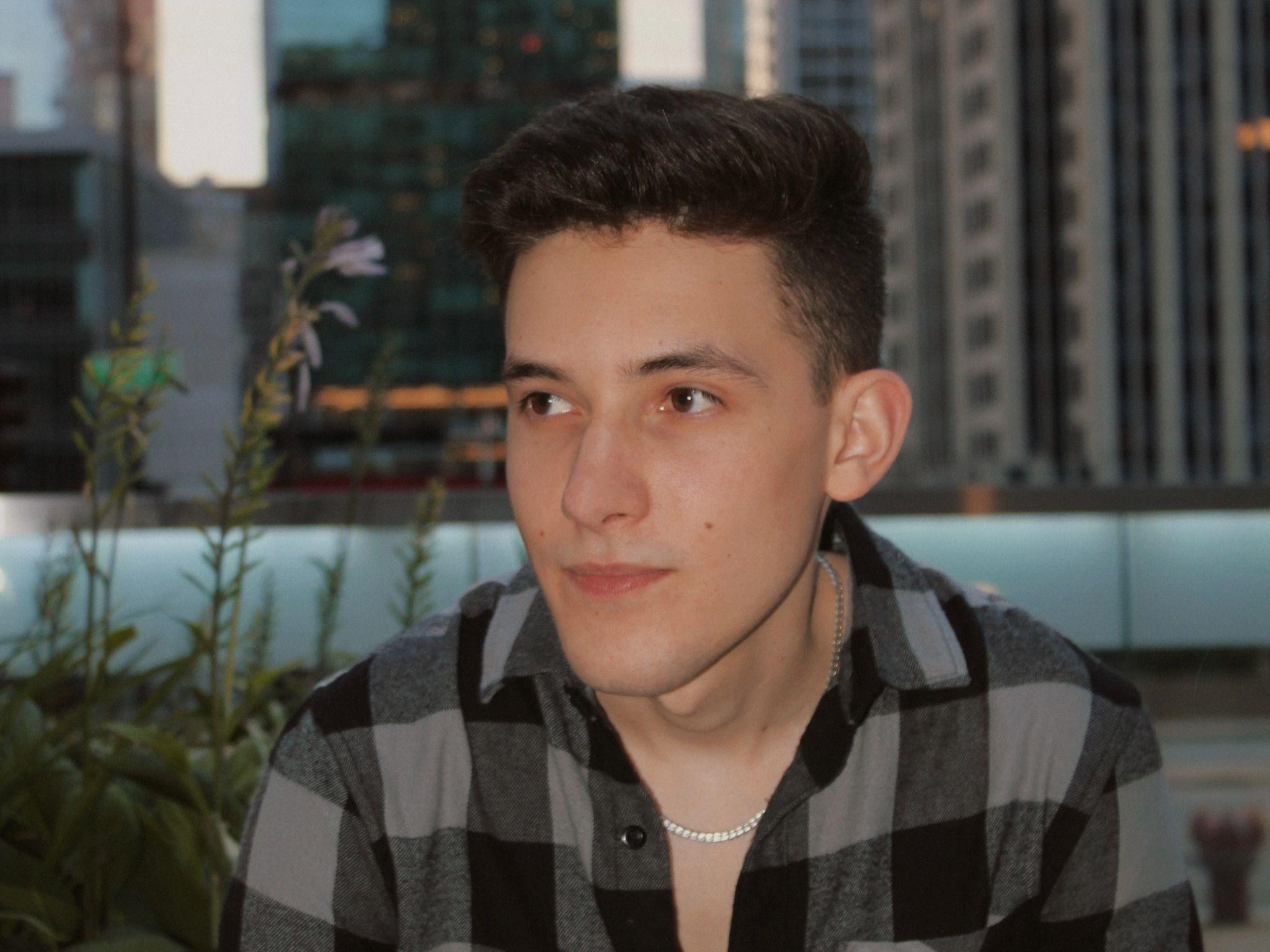Latest News
In Conversation with Dima Yavorskyy, the 22-Year-Old Multicultural Artist

The young Dima Yavorskyy comes from a multicultural American-Ukrainian background. Born in Western Ukraine where musical expression is in people’s DNA, the artist was influenced by various genres. Although his lyrical delivery today is in English, there is still a distinct style that the artist performs in which is a reflection of his upbringing.
Starting his musical journey at a young age, Dima Yavorskyy grew up to be one of the most influential artists today. Attributing his success to his artistic integrity, Dima is able to continue evolving in a highly competitive industry. He says that collaboration is one of the most important factors in making music. “I value collaboration because it opens up the opportunity to share ideas and increase productivity,” says Dima Yavorskyy. Although most of his singles have been solo thus far, the artist is talking about the team behind his projects that makes it all possible.
One of the most prominent features of Dima’s music is his songwriting ability. Tapping into topics that his audience can resonate with, Dima Yavorskyy has a performance structure in which he is able to tell stories through addictive singing hooks. His multicultural upbringing is evident through unique vocal enunciation in singles such as Intentions. Despite the difference in music styles, the artist still impresses American listeners by incorporating rap into his verses. “Being influenced by different cultures and genres allows me to express myself as an artist,” says Dima Yavorskyy. “My mission is to give listeners all over the world a taste of something they’ve never heard before and bring something new to music.”
Dima’s releases are available on all streaming platforms including Spotify. For updates, follow him on Instagram @dimayavorskyy
Harper Harrison is a reporter for The Hear UP. Harper got an internship at the NPR and worked as a reporter and producer. harper has also worked as a reporter for the Medium. Harper covers health and science for The Hear UP.










